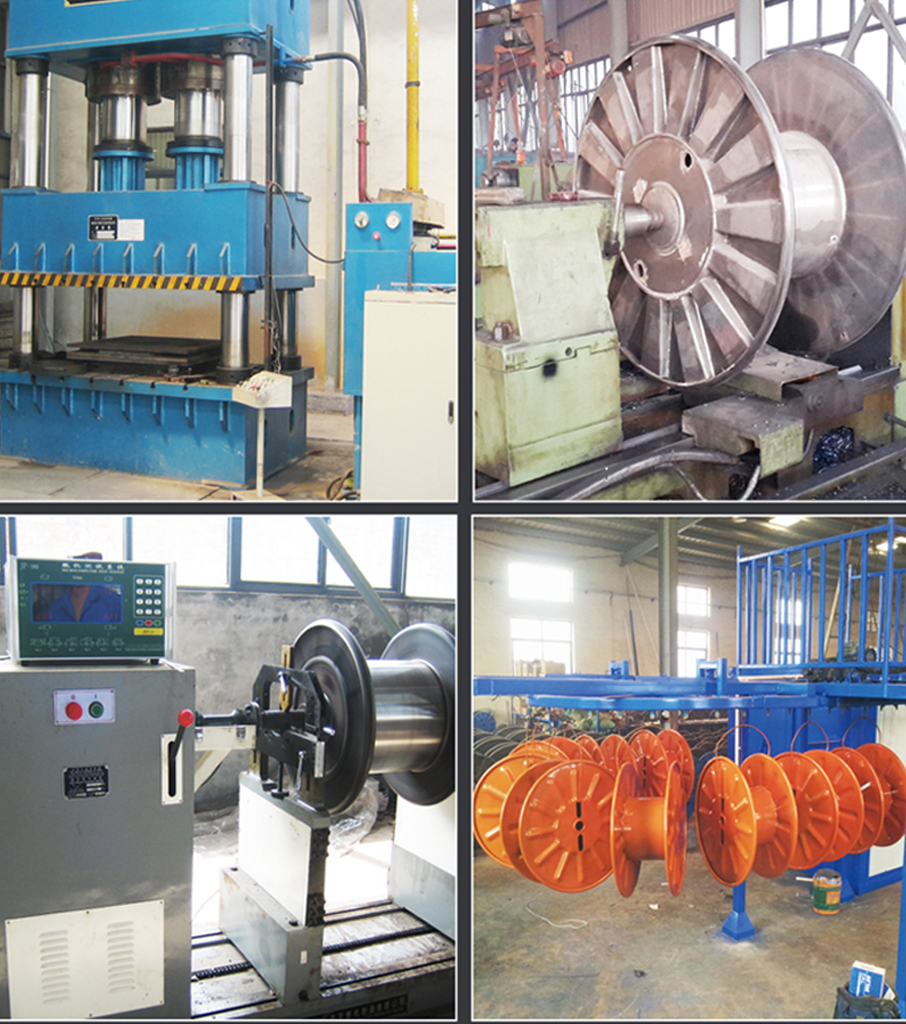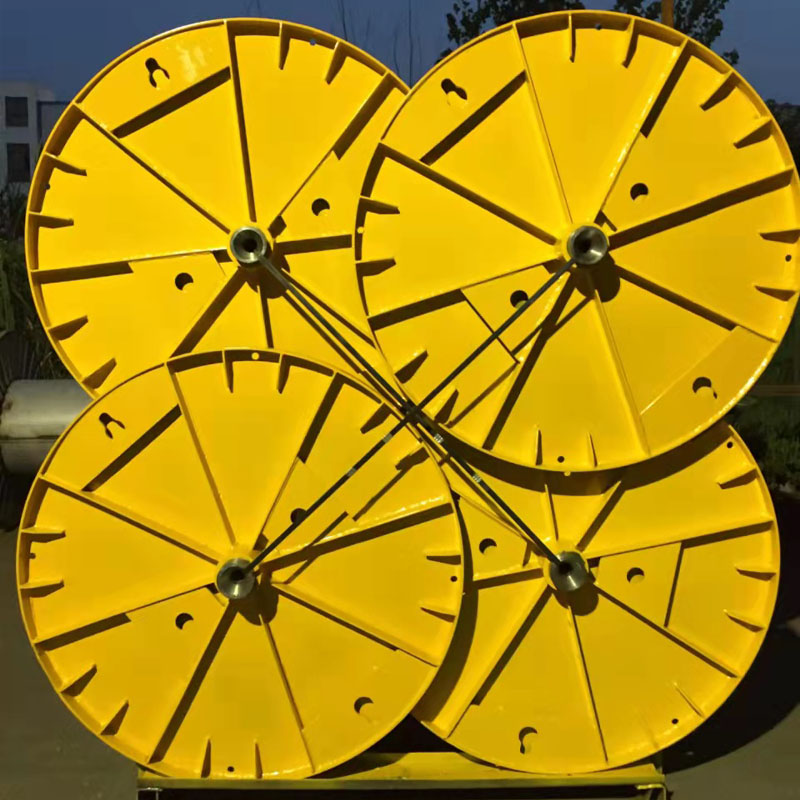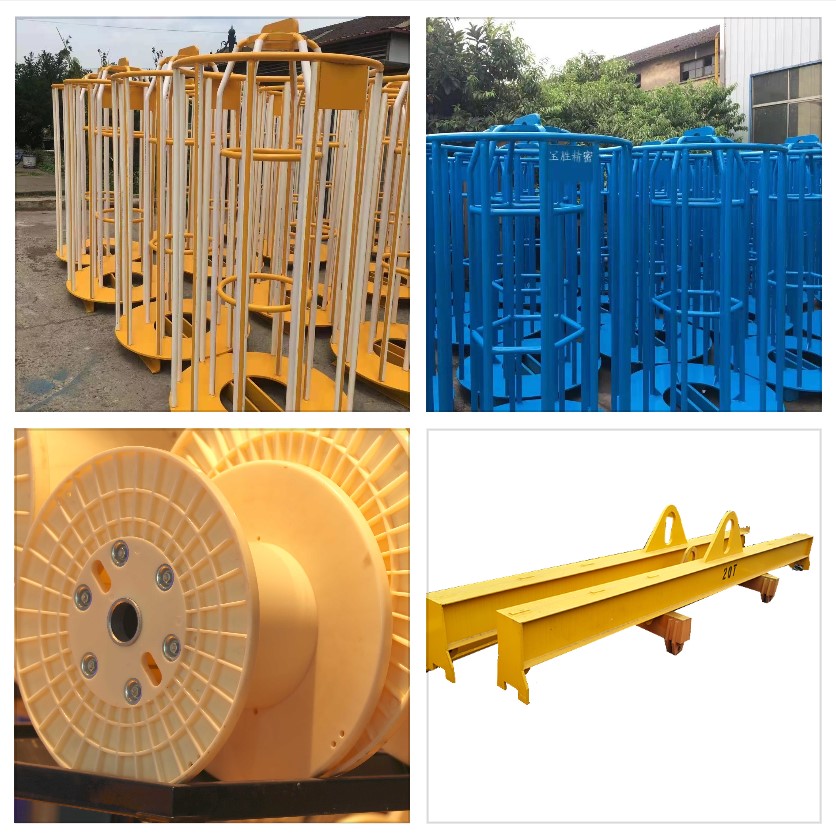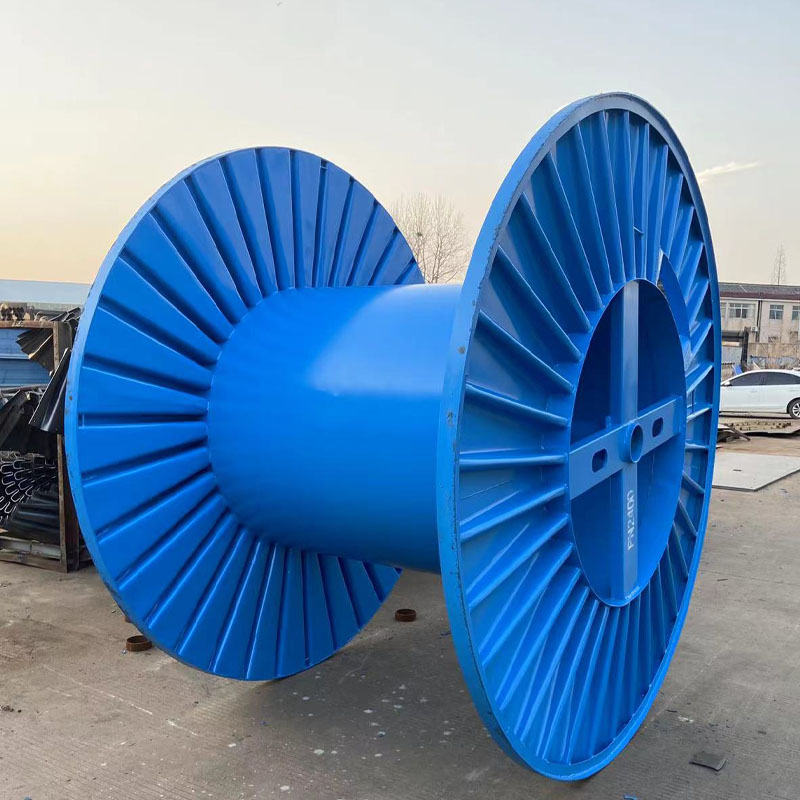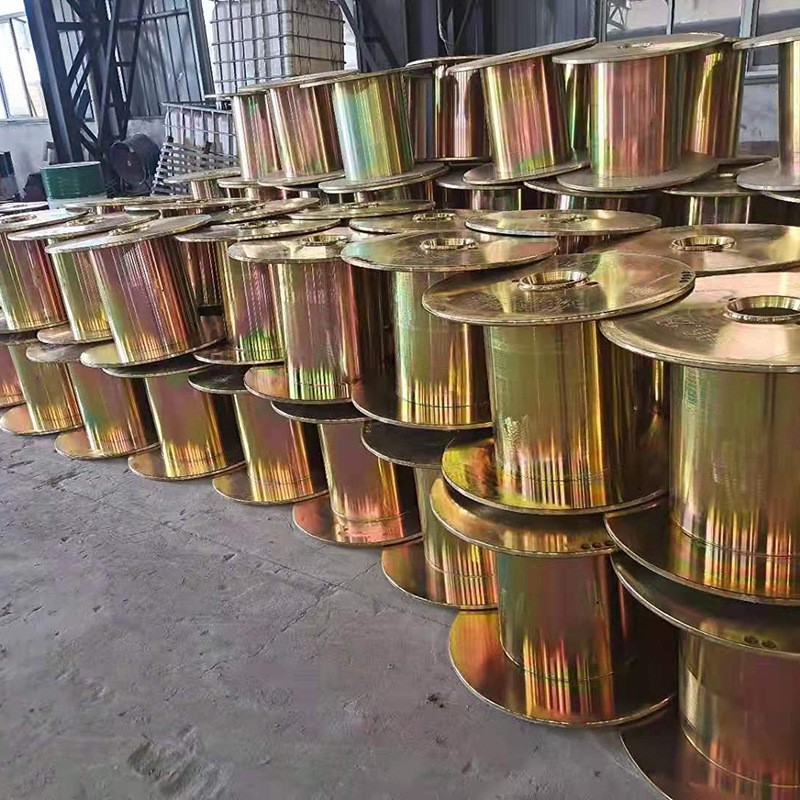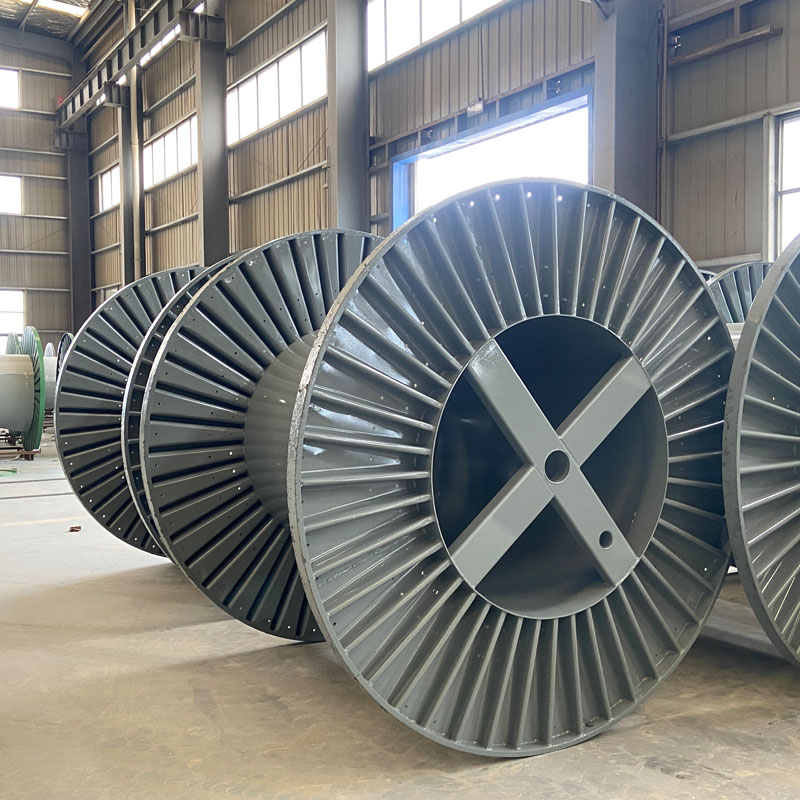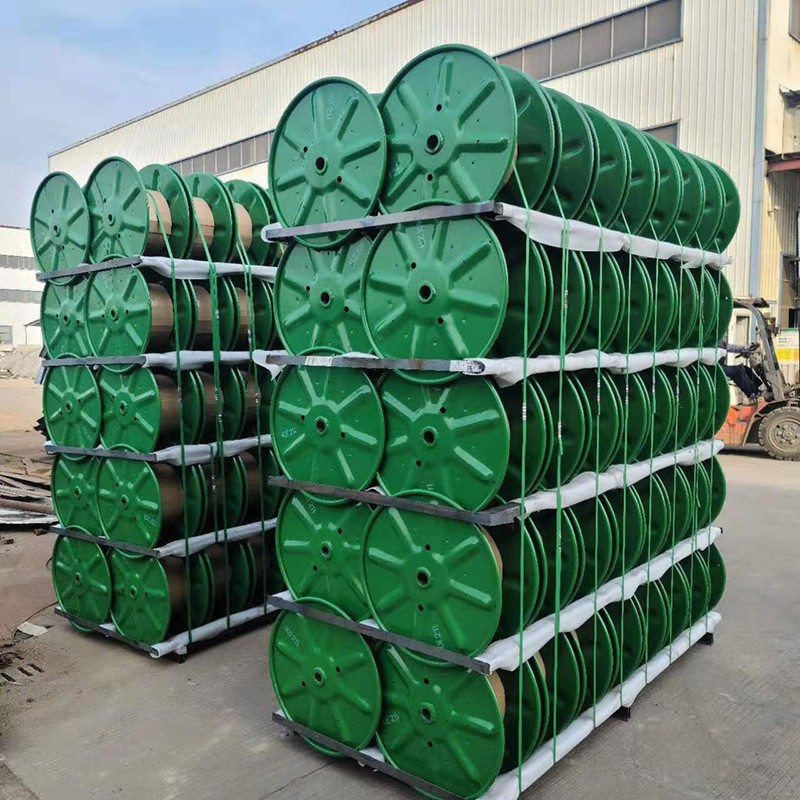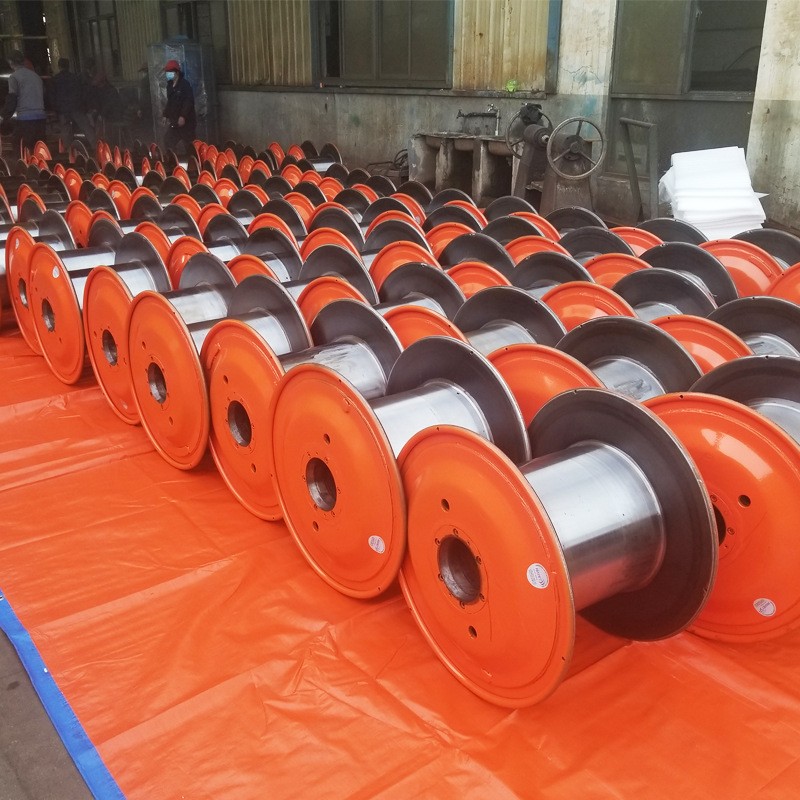Commonly used cable models and their usage situations
Since there are many types of special-purpose cables, only a brief introduction is given here. Fluoroplastic cables are widely used in high-temperature environments due to their excellent thermal stability, chemical resistance, and low smoke, halogen-free properties. Polyvinylidene fluoride (PVDF) insulated and sheathed cables have a continuous operating temperature of 150°C, making them suitable for industrial equipment, instrumentation, and chemical processing plants where high temperatures are common.
In addition, silicone rubber insulated cables are often used in flexible connections and high-temperature circuits, providing good flexibility and resistance to aging. Cross-linked polyethylene (XLPE) insulated power cables are suitable for medium- and low-voltage power transmission, offering high mechanical strength and excellent insulation performance. Polyvinyl chloride (PVC) cables, on the other hand, are widely used for general wiring purposes due to their good electrical insulation, mechanical properties, and cost-effectiveness, suitable for household, commercial, and light industrial applications.
For environments requiring flame-retardant and low-smoke emission characteristics, LSZH (Low Smoke Zero Halogen) cables are preferred. They are commonly used in public buildings, transportation systems, and tunnels to enhance safety during fire incidents. Coaxial cables, with their high-frequency transmission performance, are widely used in telecommunications, data transmission, and broadcasting systems. Similarly, twisted pair cables, such as CAT5e and CAT6, are extensively employed in network communication and signal transmission scenarios.
Moreover, armoured cables provide enhanced mechanical protection and are suitable for underground, outdoor, and harsh industrial environments. Flexible control cables are used in automated machinery and robotics, offering resistance to bending fatigue and oil exposure. Each cable type is designed to meet specific electrical, thermal, mechanical, and chemical requirements, and selecting the appropriate cable according to the application scenario ensures safety, reliability, and long-term operational efficiency.
Related suggestion
